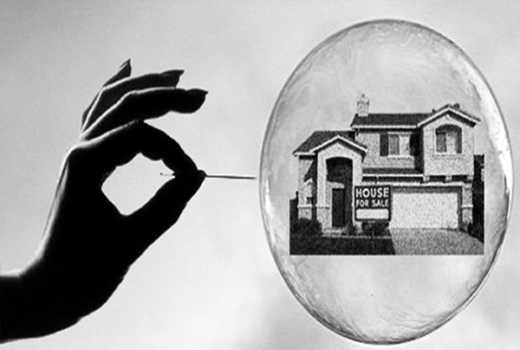
The phrase ‘housing bubble burst’ makes developers jittery. And while many have speculated on whether the local market is headed for one, real estate stakeholders have argued that the factors that facilitated the US and Western (UK and Spain) bubble burst are not there in the local market.
One of the biggest factors for the US woes was the subprime mortgage lending regime. This refers to the making access to home loan easy for borrowers who could have trouble keeping up with the repayments.
What is rarely said, however, is that a bubble can only be definitively measured after it has already happened. But are there any similarities?
In the US case, land prices were a major factor in pushing up home prices. Then there was the question of rapid rise in valuations of structures such that they become unsustainable.
Another problem indicator is a situation where housing prices rise faster than the rise in rents. Then comes a correction in prices, leaving homeowners holding property that is worth less than they actually paid for.
This becomes problematic in a mortgage-driven market, which is hardly the case locally where the magic number is just over 20,000 mortgage accounts. What many forget, however, is that many build using short-term loans from banks, Saccos and other lending bodies and groups.
These factors are only a few and superficial, because underneath all there are the complex questions of tax policy, lax regulation and prevalence of speculative behaviour.
What is the status of the local sector? Over the last three years, we have seen price stagnation in the top end of the market. Last year, the Hass Price Index showed that sales prices for residential property in Nairobi dropped by 4.1 per cent. On average, property prices in Nairobi have risen by about 300 per cent since 2007.
Rental prices over the same period (2007-2017) rose by about 200 per cent. In 2010, property prices rose by 5.8 per cent, according to the Hass Index. It was inevitable that house prices would hit a plateau.
The state of our market means that the supply has focused a lot on the upper end of the market, virtually leaving out the sub-Sh5 million segment.
The word “crazy” comes to mind when describing property prices in the local market and it is to be expected that the correction in prices will lead to more realistic pricing and change of focus to the lower end of the market.
At the end of it, Kenya might not have a “bubble” in the real sense of the word but there will be more than a few burnt fingers.
 The Standard Group Plc is a
multi-media organization with investments in media platforms spanning newspaper
print operations, television, radio broadcasting, digital and online services. The
Standard Group is recognized as a leading multi-media house in Kenya with a key
influence in matters of national and international interest.
The Standard Group Plc is a
multi-media organization with investments in media platforms spanning newspaper
print operations, television, radio broadcasting, digital and online services. The
Standard Group is recognized as a leading multi-media house in Kenya with a key
influence in matters of national and international interest.
 The Standard Group Plc is a
multi-media organization with investments in media platforms spanning newspaper
print operations, television, radio broadcasting, digital and online services. The
Standard Group is recognized as a leading multi-media house in Kenya with a key
influence in matters of national and international interest.
The Standard Group Plc is a
multi-media organization with investments in media platforms spanning newspaper
print operations, television, radio broadcasting, digital and online services. The
Standard Group is recognized as a leading multi-media house in Kenya with a key
influence in matters of national and international interest.









